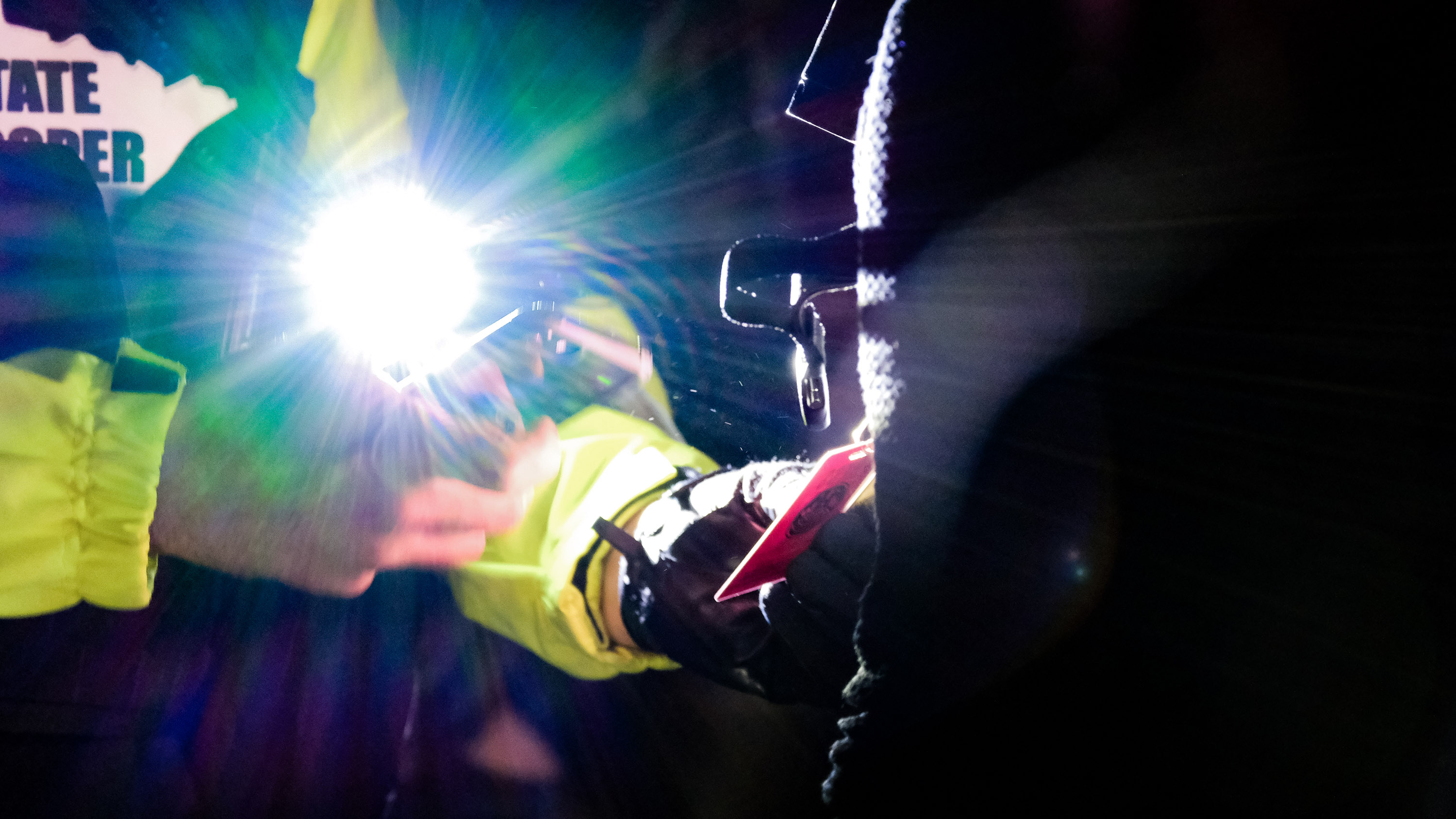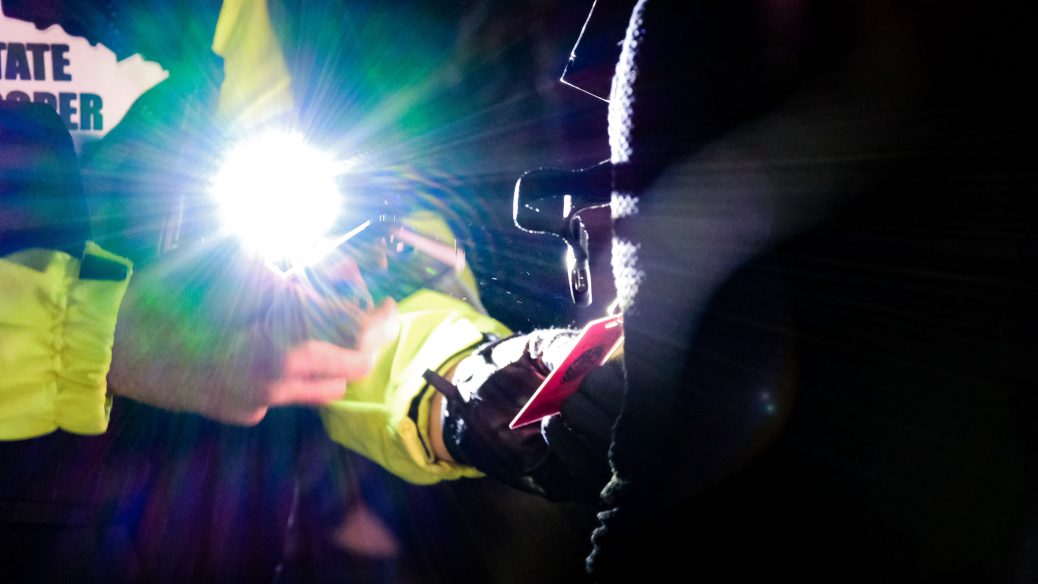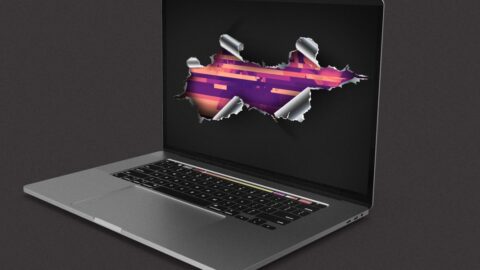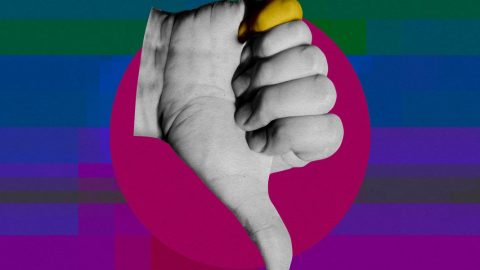Intrepid Response lets officers collect data that can be analyzed in myriad ways, and our investigation has found that officers were compiling watch lists of people attending protests. The Minnesota Fusion Center has access to facial recognition technology through the Homeland Security Information Network, a secure network that was used during Operation Safety Net. The Hennepin County Sheriff’s Office (another OSN member agency) also uses what it refers to as investigative imaging technology, another term for facial recognition.
“This kind of informal multi-agency coordination encourages “policy shopping,” where the agency with the least restrictive privacy rules can perform surveillance that other agencies wouldn’t be able to,” says Jake Wiener, a fellow at the Electronic Privacy Information Center and an expert on fusion centers and protest surveillance. “That means overall more surveillance, less oversight, and more risk of harassment or political arrests.” Further, Intrepid could provide “a forum where many agencies can contribute, but no agency is responsible for oversight and auditing,” making it “ripe for abuse.”
It’s unclear where Duggan’s and the other journalists’ personal data went after the Minnesota State Patrol shared it via Intrepid Response. Gordon Shank, a Minnesota State Patrol public information officer, says the photos were accessible to the Minnesota Fusion Center and the Department of Natural Resources through Intrepid Response. The Minnesota State Patrol ultimately stored the photos as a PDF in an electronic folder owned by the agency. Shank also says no analytics were run on the photos, and they have not yet been deleted because of pending litigation.
An “extremely disturbing” incident
The night of April 16, police photographed Duggan’s face, full body, and media credentials. The information accompanying the images includes the coordinates of the location where the photos were taken, a time stamp, and a map of the immediate area. Sokotoff’s file, also dated April 16, 2021, contains the same data in the same format in addition to images of his state identification card.

JD DUGGAN
Duggan and other eyewitnesses say that several dozen journalists were included in the cataloging activity. We have independently confirmed that six journalists were photographed in the same manner as Duggan, and they all called the incident concerning. Many said they asked officers why their data was being collected and where it was being stored, but the officers declined to reply.
“We committed no crime, and yet records were kept on us. I believe this is a step in the direction of authoritarianism, and has a chilling effect on the free press,” says Chris Taylor, a freelancer working on behalf of the Minneapolis Television Network who was photographed by Minnesota State Patrol. “It’s against the ethos of being American.”
Sokotoff, a student photojournalist at the University of Michigan, also live-tweeted the incident. “It was unlike anything I’d seen and was extremely disturbing,” he says.
All the incidents appeared to have been initiated by the Minnesota State Patrol, which recently settled a lawsuit regarding its treatment of journalists during the protests. On April 17, over 25 media companies, including local outlets Minnesota Public Radio and the Star Tribune as well as the New York Times, Gannett, the Associated Press, and Fox/UTC Holdings, signed a letter sent a letter to Minnesota Governor Tim Walz; a temporary restraining order was issued to the Minnesota State Patrol that same day. The state patrol publicly responded through a press release issued by Operation Safety Net, which stated that officers “photographed journalists and their credentials and driver’s licenses at the scene in order to expedite the identification process… This process was implemented in response to media concerns expressed last year about the time it took to identify and release journalists.”
The tactic “doesn’t appear to serve any law enforcement purpose beyond intimidating reporters who are doing their job,” said Parker Higgins, director of advocacy for the Freedom of the Press Foundation, which has been investigating the incident. “And now, almost a full year later, there still aren’t clear answers as to why the photos were taken, how the images were shared or stored, and whether that data remains in law enforcement databases.”




Recent Comments